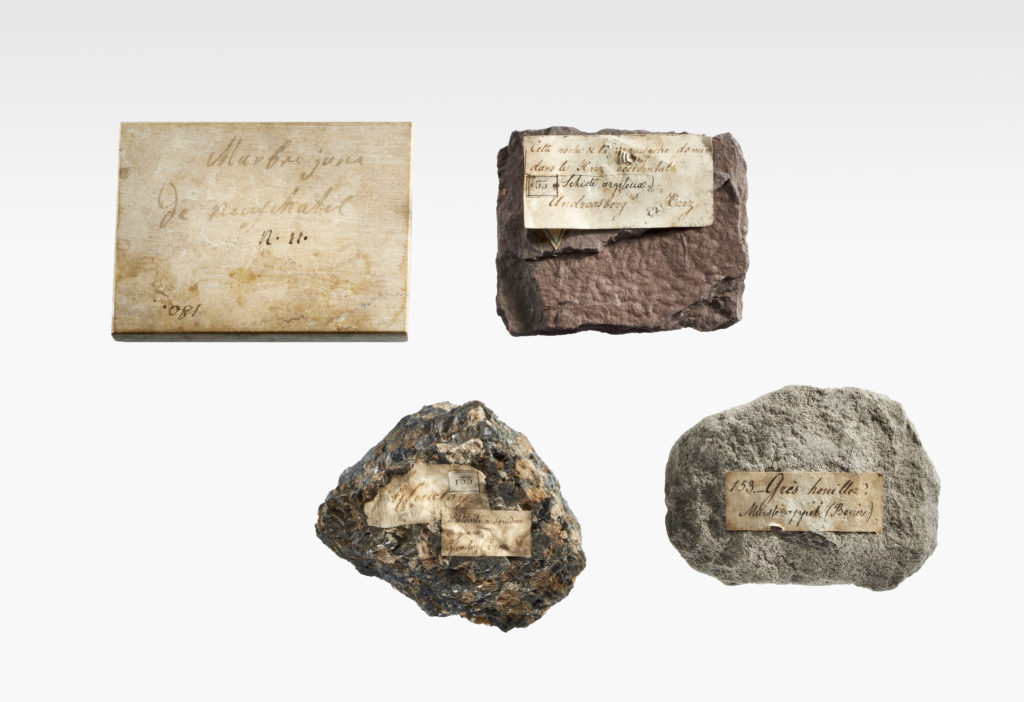The Musée d’Yverdon et région is one of the oldest in the canton of Vaud. Its orginis date back to the second half of the 18th century, a time when the city was the heart of the European Enlightenment
The Musée d’Yverdon et région is a legacy of the first public libraries, in the tradition of the Protestant academies that developed in Berne, Lausanne and Geneva. In 1764, the Yverdon pastor and naturalist Elie Bertrand (1713-1797), one of the most illustrious intellectual figures of the 18th century in the canton of Vaud, gave the Yverdon Economic Society a number of mineral and fossil specimens with the aim of contributing to the education of his fellow citizens. On his death, the whole of his natural history cabinet reverted to the Society, which was renamed the Société littéraire and opened to the public in 1767.
During the 19th century, this core collection was enriched with hundreds of items of natural history, archaeology, regional history, ethnography and fine arts, in an encyclopaedic perspective. During the last decades of the 19th century, the collections were mainly nourished by the results of archaeological investigations carried out in Yverdon and the surrounding area by Louis Rochat (1824-1882), then curator of the museum.
Following the important discoveries made in 1903 on the site of the Roman castrum under the direction of the cantonal archaeologist Albert Naef (1862-1936), the museum was entrusted to a society independent of the Public Library (formerly the Société littéraire). The Société du Musée d’Yverdon was created in 1904, and in 1923 became the Société du Vieil Yverdon. In 1953, the institution acquired the status of “Museum recognised” by the State of Vaud, which was confirmed by the legal provisions of the LPMNS (1964) and LPMI (2015). As such, the Museum has been the depository of the cantonal archaeological material of the former district of Yverdon for the Roman period, and of Yverdon and Cheseaux-Noréaz for all other periods.
In 1998, the museum specialised in the fields of archaeology and regional history in order to resolve the sprawling development of the collections. The natural science collections were transferred to the cantonal museums (geology, zoology). Since 2001, the Museum has been governed by the Fondation du Musée d’Yverdon-les-Bains, while the Association des Amis du Musée d’Yverdon (AMY) has the task of supporting its activities.




